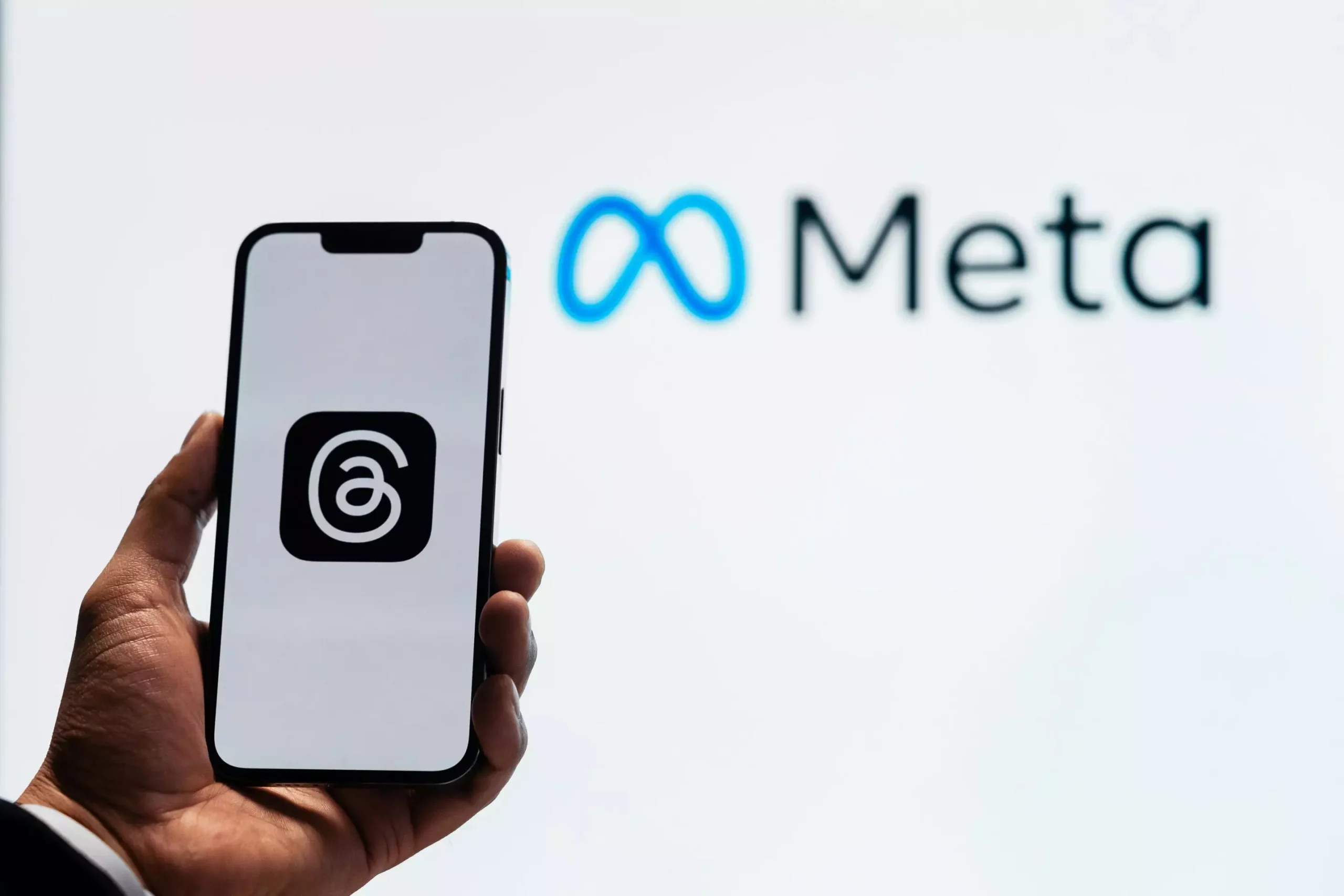In the realm of artificial intelligence (AI), there is a growing divide between companies that opt for closed-source AI models and those that champion open-source AI. Closed-source AI involves keeping datasets, algorithms, and models confidential, whereas open-source AI promotes transparency and accessibility. Meta, the parent company of Facebook, recently made a bold move by releasing a collection of large open-source AI models, including Llama 3.1 405B. This gesture by Meta signifies a step towards a future where AI technology is available to all.
Closed-source AI, while advantageous for safeguarding intellectual property and profits, poses significant challenges. The lack of transparency in closed-source AI models raises concerns about accountability, fairness, and privacy. Companies that utilize closed-source AI hold complete control over the technology, hindering innovation and limiting accessibility. Without the ability to scrutinize the inner workings of closed-source AI, regulators face obstacles in auditing these systems. As a result, the public’s trust in closed-source AI is at risk, leading to a potential lack of ethical oversight.
Open-source AI fosters collaboration, innovation, and transparency within the AI community. By making datasets and algorithms openly available, open-source AI encourages rapid development and facilitates contributions from diverse entities. Small and medium-sized enterprises benefit from the accessibility of open-source AI, as they can leverage advanced technology without exorbitant costs. However, open-source AI is not without its drawbacks. Quality control is a concern in open-source products, and the exposure of code and data makes these models susceptible to cyberattacks and misuse.
Meta has emerged as a key player in advancing open-source AI through its release of the Llama 3.1 405B model. This large language model showcases the potential of open-source AI in enhancing digital intelligence. While Meta’s model surpasses closed-source alternatives in certain tasks, such as reasoning and coding, there are still limitations to its openness. Meta’s decision to withhold the massive dataset used to train the model raises questions about the extent of true openness in their approach.
To democratize AI technology, three pillars must be established: governance, accessibility, and openness. Regulatory frameworks, affordable resources, and open datasets are essential for ensuring responsible and fair AI development. Achieving these pillars requires collaboration among various stakeholders, including government, industry, academia, and the public. Advocacy for ethical AI policies, staying informed, responsible AI usage, and support for open-source initiatives are crucial steps towards a more inclusive AI landscape.
As we navigate the complexities of open-source and closed-source AI, important questions arise. How can we strike a balance between protecting intellectual property and promoting innovation through open-source AI? What measures can be implemented to address ethical concerns surrounding open-source AI? How can we safeguard open-source AI from potential misuse? Addressing these questions will determine whether AI becomes a tool for universal benefit or exclusion and control. The responsibility lies in the hands of all stakeholders to shape a future where AI serves the greater good.


Leave a Reply
You must be logged in to post a comment.